 |
Exploring Four Areas of Development of Children K-6 for Paraprofessionals |
1.00 |
One of the most helpful ways to gain an understanding of the needs and interests of students ages 5-12 is to examine their development from four different perspectives: physical, cognitive, social, and emotional. It is important for paraprofessionals to keep all four of these areas in mind when helping educators implement classroom activities and experiences. Keeping the four areas of development in mind helps staff to better understand the development of the whole child. |
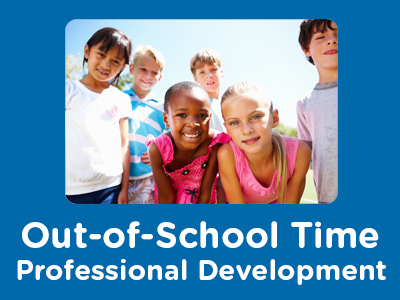 |
Exploring Four Areas of School-Age Development: Cognitive Development |
0.50 |
One of the most helpful ways to gain an understanding of the needs and interests of youth between 5 and 12 is to examine their development from four different perspectives: 1) Physical Development, 2) Cognitive Development, 3) Social Development, and 4) Emotional Development. In this course, we will explore the cognitive development perspective. |
 |
Exploring Four Areas of School-Age Development: Emotional Development |
0.50 |
One of the most helpful ways to gain an understanding of the needs and interests of youth between 5 and 12 is to examine their development from four different perspectives: 1) Physical Development, 2) Cognitive Development, 3) Social Development, and 4) Emotional Development. In this course, we will explore the emotional development perspective. |
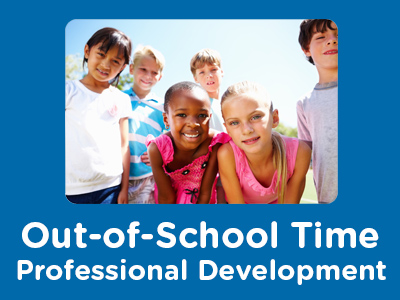 |
Exploring Four Areas of School-Age Development: Physical Development |
0.50 |
One of the most helpful ways to gain an understanding of the needs and interests of youth between 5 and 12 is to examine their development from four different perspectives: 1) Physical Development, 2) Cognitive Development, 3) Social Development, and 4) Emotional Development. In this course, we will explore the physical development perspective. |
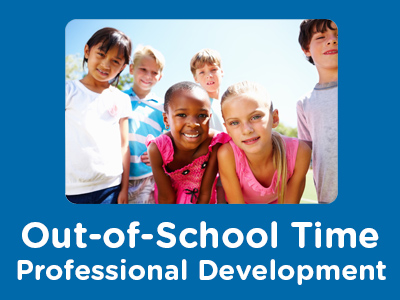 |
Exploring Four Areas of School-Age Development: Social Development |
0.50 |
One of the most helpful ways to gain an understanding of the needs and interests of youth between 5 and 12 is to examine their development from four different perspectives: 1) Physical Development, 2) Cognitive Development, 3) Social Development, and 4) Emotional Development. In this course, we will explore the social development perspective. |
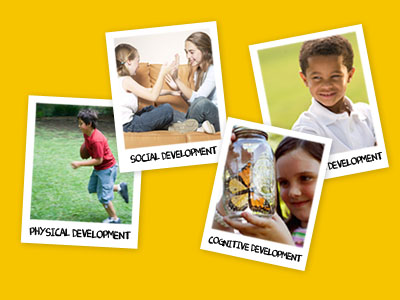 |
Course 02: Exploring Four Areas of School-Age Development |
2.00 |
One of the most helpful ways to gain an understanding of the needs and interests of youth between 5 and 12 is to examine their development from four different perspectives: 1) Physical Development, 2) Cognitive Development, 3) Social Development, and 4) Emotional Development. It is important for staff to keep all four of these areas in mind when planning and implementing program activities and experiences. Keeping the four areas of development in mind leads staff to design a balanced set of experiences that nurture and growth and development of the “whole child.” |
 |
Exploring Four Areas of School-Age Development (Collection) |
2.00 |
One of the most helpful ways to gain an understanding of the needs and interests of youth between 5 and 12 is to examine their development from four different perspectives: 1) Physical Development, 2) Cognitive Development, 3) Social Development, and 4) Emotional Development. It is important for staff to keep all four of these areas in mind when planning and implementing program activities and experiences. Keeping the four areas of development in mind leads staff to design a balanced set of experiences that nurture and growth and development of the "whole child." |
 |
Exploring Four Areas of School-Age Development |
2.00 |
One of the most helpful ways to gain an understanding of the needs and interests of youth between 5 and 12 is to examine their development from four different perspectives: 1) Physical Development, 2) Cognitive Development, 3) Social Development, and 4) Emotional Development. It is important for staff to keep all four of these areas in mind when planning and implementing program activities and experiences. Keeping the four areas of development in mind leads staff to design a balanced set of experiences that nurture and growth and development of the “whole child.” |
 |
Prehospital Tracheostomy Care for the BLS Provider |
1.00 |
One of the most intimidating events for a BLS provider is the 911 call for a pediatric patient with a difficult airway. Dr. Christopher Harmon and Paramedic Kuo Downing Reese discuss the challenging topic of the emergent airway and tracheostomy management in the prehospital setting.
Final Exam: This multiple-choice exam is designed to test your knowledge of the material you just reviewed. You have two attempts to gain an 80% or higher on this exam. Please take your time and answer each question carefully. |
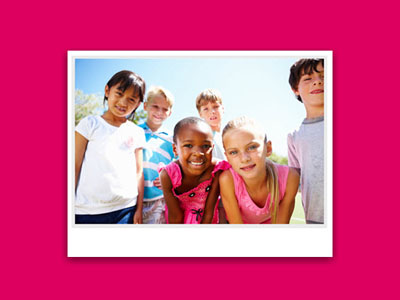 |
Course 04: Exploring Individual Differences in School-Age Children |
2.00 |
One of the most significant challenges for staff in OST programs is learning how to identify, manage, and respond appropriately to individual differences in a group setting. Some differences among children are the result of inborn characteristics and traits (e.g. physical characteristics, temperament, talents, race). Other differences are the result of external factors (e.g. the environment) or are cultivated as the child grows and develops (e.g. interests, skills, knowledge). The diverse needs, characteristics, interests, abilities, and skills of school-age children require a flexible atmosphere that supports diversity and choice for children with varying capacities for independent action. Staff who understand and appreciate individual differences in children are better equipped to plan and implement program experiences that help individual children grow and flourish in a group setting. |











